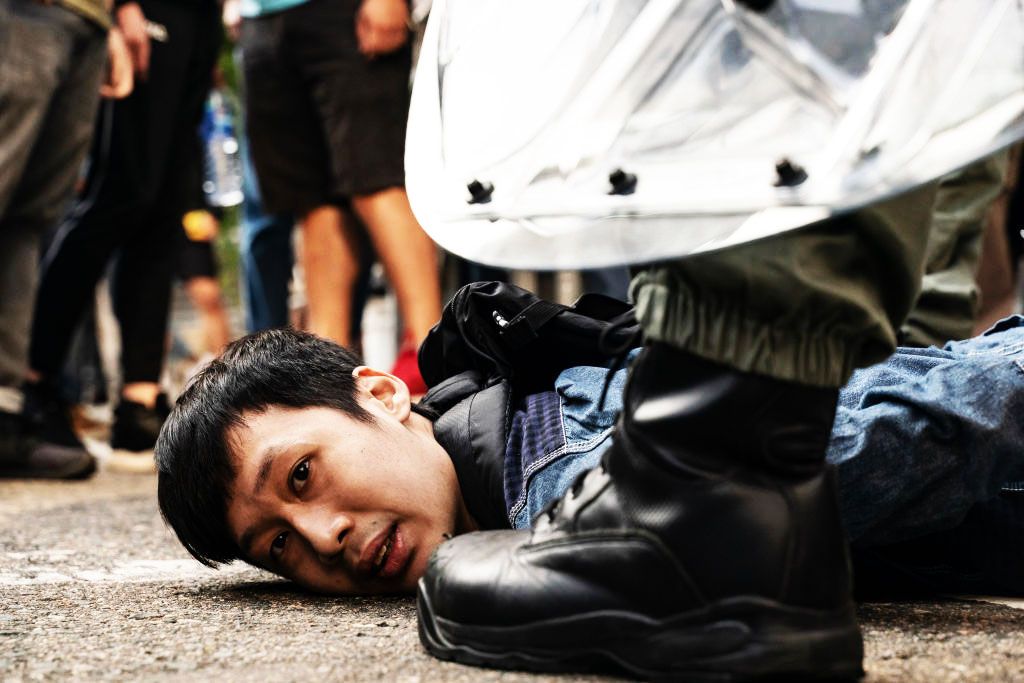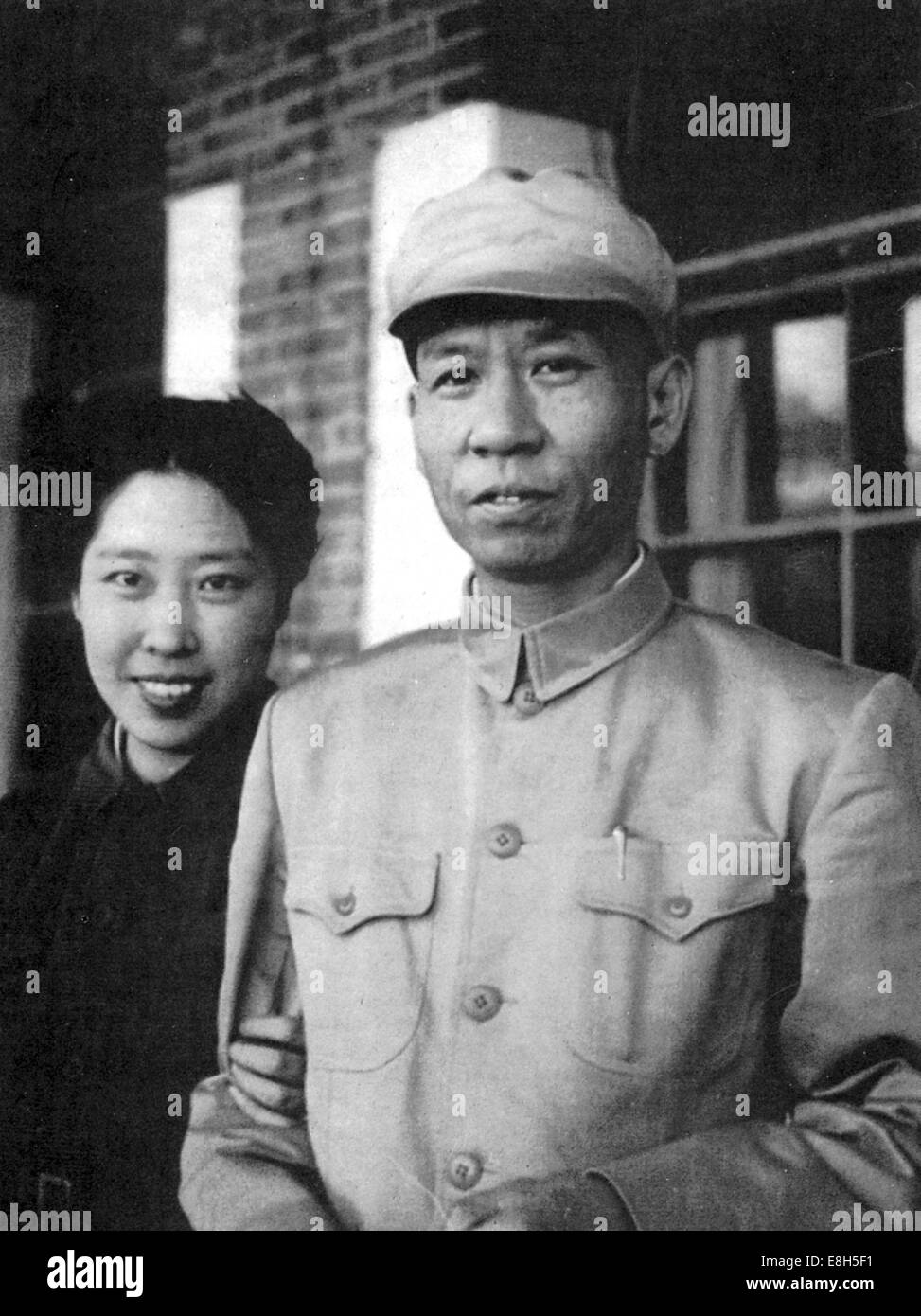

This release became coupled with rehabilitations after Nikita Khrushchev's denunciation of Stalinism in his 1956 speech On the Personality Cult and its Consequences. Initially, in 1953, this did not entail any form of exoneration.

Mass amnesty of the victims of Soviet repressions started after the death of Joseph Stalin. In the context of the former Soviet Union, and the Post-Soviet states, rehabilitation ( Russian: реабилитация, transliterated in English as reabilitatsiya or academically rendered as reabilitacija) was the restoration of a person who was criminally prosecuted without due basis, to the state of acquittal.
PICTURE OF DENG XIAOPING STRUGGLE SESSION SERIES
Reformer Hu Yaobang led a series of rehabilitations from 1978 to 1981 of people persecuted by the Gang of Four during the Cultural Revolution (1966–1976).

Rehabilitation committees ( Chinese: 平反委员会 pinyin: Píngfǎn Wěiyuánhuì) considered appeals from both the Central Committee of the Chinese Communist Party as well as from petitions-often in the form of big-character posters-by ordinary citizens. Rehabilitation ( Chinese: 平反 pinyin: píngfǎn) was carried out at many stages in the History of the People's Republic of China, but most significantly after the 3rd Plenary Session of the 11th Central Committee of the Chinese Communist Party that marked the Chinese economic reforms of Deng Xiaoping. Well known figures who have been rehabilitated include Deng Xiaoping who fell into disgrace during the Cultural Revolution for being a "third roader" but was rehabilitated subsequently and became paramount leader of the People's Republic of China and Russia's last Tsar, Nicholas II, and his family, who were all shot dead by Bolshevik revolutionaries in July, 1918, but were rehabilitated by the Russian Supreme Court on 1 October 2008. These individuals may be rehabilitated either as a result of capitulating to the dominant political line and renouncing their former beliefs or allegiances to disgraced leaders, or they may be rehabilitated as a result of a change in the political leadership of the party, either a change in personnel or a change in political line, so that the views or associations which caused the individual, or group of individuals, to fall into disgrace are viewed more sympathetically. Historically, the concept is usually associated with Communist states and parties where, as a result of shifting political lines often as part of a power struggle, leading members of the Communist Party find themselves on the losing side of a political conflict and out of favour, often to the point of being denounced, imprisoned or even executed. The term is usually applied to leaders or other prominent individuals who regain their prominence after a period in which they have no influence or standing, including deceased people who are vindicated posthumously. Political rehabilitation is the process by which a disgraced member of a political party or a government is restored to public respectability and thus political acceptability.


 0 kommentar(er)
0 kommentar(er)
